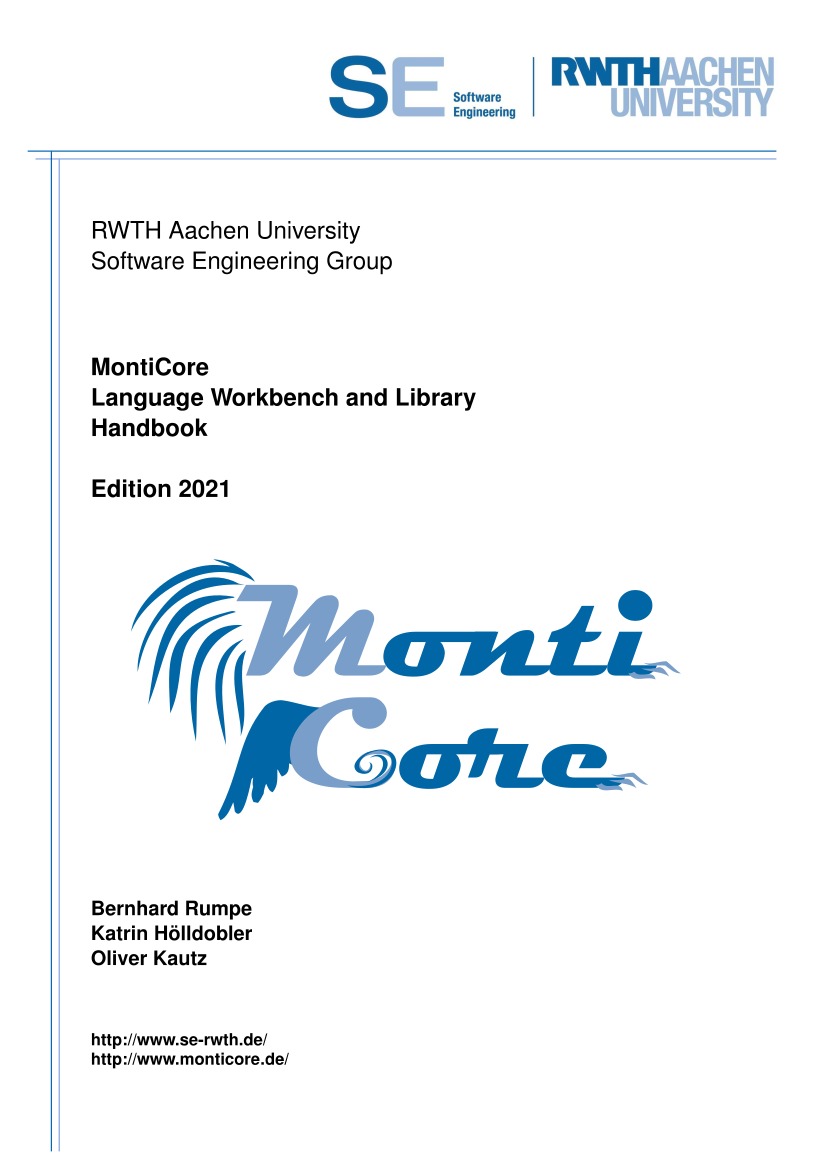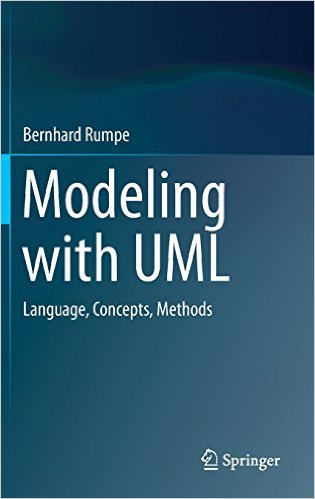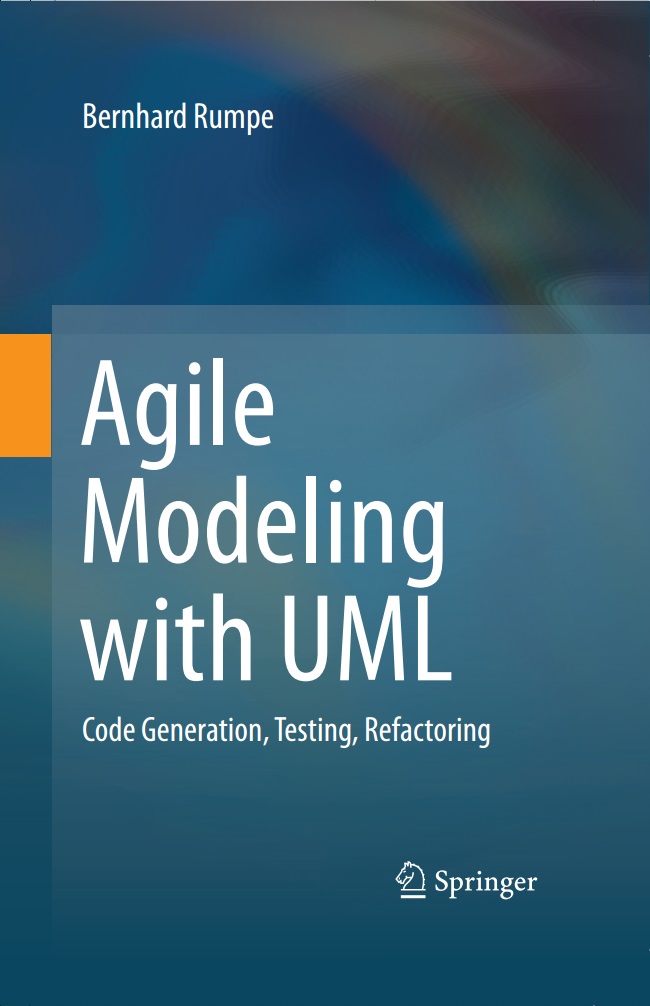Activities, Organizational and Digital Outcomes
We’d like to invite you to dive into the activities of our group and some of their organizational and digital outcomes. Of course our publications are the most interesting results (and thus presented separately). The links collected below present interesting and helpful information. Occasionally news are published via Twitter/X and Facebook.
Some Open Source Software

Starting in 2004, the language workbench MontiCore has been developed by the SE Group. Throughout the development process, the results of the latest research have been incorporated into the project. Of course, the newest insights are continuously integrated.
-
The SSElab Portfolio of SE Services - SSElab is comprising a set of services, such as git, subversion, issue tracking, code generation facilities, wikis, storage, web-space, mailing services, web-based feedback, ppt2eps, and numerous others. It is open for general use and in use by our own development projects since 2007.
-
Autonomous Driving Car Caroline at the DARPA Urban Challenge - The research project was focused on analyzing, designing, implementing, and evaluating a complex distributed system to realize autonomous driving for urban-like scenarios. The vehicle “Caroline” demonstrated its abilities by successfully participating in the DARPA Urban Challenge 2007.
-
Delta-Simulink is an extension for simulink to model variability using delta modelling. It constructs variants of Simulink models from a base model and a selected set of deltas (aka features).
-
NESTML - Modelling Neuronal Cells of the Human Brain - NestML is a domain specific language that supports the specification of neuron models in a precise and concise syntax. Model equations can e.g. be given as an algorithm written in the built-in mathematical language. The differential equations are analyzed by NESTML to compute an exact solution if possible or handled by an appropriate numeric solver otherwise. Among others NESTML provides SI units, like “km/h” or “As”.
-
MontiSecArc (MSA) is a Security Architecture Description Language. This repository contains tooling based on MontiCore for Security Architecture Analysis and development of generators to derive code from MSA models.
-
SE Commons is a collection of smaller utilities and tools.
Latest Books
(see also Books of RWTH Software Engineering Group)

This book describes the MontiCore workbench developed since 2004. It contains conceptual insights into language composition, refinement, extension and potential techniques to preserve language properties conservatively, but also concentrates on the technical realisation and use of the MontiCore workbench.

In 2001, Robert France and Prof. Rumpe founded the SoSym-Journal. Nowadays, it is the primary venue for articles about modelling, modelling languages and related issues in software and systems development.

The book contains our view on how to design software languages consolidating our longtime experience gained through longtime research and within many industry projects. Technological progress requires languages that allow to build models for inter-human communication as well as human-computer-interaction. The companion website provides the complete sources of various examples of the book, and solutions to the exercises as well as other additional material.
-
[Rum16] B. Rumpe: Modeling with UML: Language, Concepts, Methods. Springer International, July 2016.


The two books describe our interpretation on how to use the UML and what concepts should be enhanced. Both are available in English or German and provide lots of supplemental material.
Videos / Channels
- Official SE@RWTH List of Video Channels with many Playlists.
- SE@RWTH Channel at YouTube.
- Teaching Videos of past and current lectures.
- Draw My Business - Erklärvideos leicht gemacht.
- Bernhard Rumpe: Industrialisierung mit Modellierung. Interview mit Michael Jastram. Juli 2025. (Video)
- Bernhard Rumpe: Model-based Software and Systems Engineering. Keynote Euromicro DSD/SEAA 2020. (Video)
- Bernhard Rumpe: Engineering Software Languages for the Digital World. Keynote Modelsward. 2018. (Video)
- Bernhard Rumpe: Extreme Programming (XP) in research Projects. Overview, Background, Problems. Invited Talk. Inria/Irisa. Rennes, 2003.
- Festvortraege, Invited Talks, Grußworte
- Erklärvideos Modellbasierte Softwareentwicklung
Related Organisations
-
Acronio GmbH is a great new spin off from the chair, dedicated to transfer knowledge and methods for model-based software and systems engineering, digital twins, use of large language models (AI) in the development process, and other related topics to industry (founded 2023).
-
Förderverein des Lehrstuhls Software Engineering an der RWTH Aachen e.V. - The friends’ association of our chair at RWTH Aachen e.V. is a non-profit organisation. Its statutory purpose is to patronize science and research in the area of Software Engineering, in particular by fostering our chair and its affiliated research facilities.
-
Center For Systems Engineering GmbH is a spin-off of the RWTH. It is an interdisciplinary association of university institutes and industrial partners for the development and testing of processes, tools and models in the field of Model Based Systems Engineering, MBSysE for short. This company helps to engineer systems more efficiently and sustainable.
-
Draw My Business GmbH. Institut für Digitalisierung & Digital Storytelling is a spin-off of the SE Group. The aim of Draw-My-Business is to enable companies to to use teaching videos and explanation videos within their daily life. Simple techniques for efficient video creation help to replace manuals (who reads them anyway), preserve technical information as well as requirements or also communicate innovations within the company, to the custoer or completely public. This company helps to explain the digital world.
-
Synavision GmbH is a spin-off of the SE Group. The aim of Synavision is to allow for low operating costs of buildings and optimal indoor climate from the commissioning on. Efficient quality management is now enabled by a new digital test bench and an innovative specification concept of automation functions. This company helps to control energy in building using digital techniques.
-
RIDT - Rumpe Information and Digitalisation Technologies GmbH - RIDT’s aim is to enhance industrial exploitation of innovative methods, concepts and tools for better and faster development of software systems, such that a high quality result emerges within short time and by incorporating of changing requirements. For that to happen RIDT cooperates closely with the SE Group.
-
GI Gesellschaft für Informatik is the professional association of all computer scientists in Germany. Being an active member in the association is an honour and an obligation.
-
Gesellschaft für Informatik (GI)- Querschnitts-FA Modellierung The technical committee for modelling within the German Society for Computer Science comprises all activities for modelling within the organization.
-
REGINA e.V. - Regionaler Industrieclub Informatik Aachen is an independent network for the ICT area around Aachen.
-
DoKo Aachen e.V. - Doppelkopf-Club Carolus Aachen: Die ersten Nutzer unserer Doppelkopf Turnier App.
Further Activities, Outcomes and Digital Representations in the Web
- Profile of the SE RWTH group at GitHub
- Bernhard Rumpe’s Publications at DBLP Computer Science Bibliography
- Bernhard Rumpe’s Publications at Researchgate (overly complete)
- Bernhard Rumpe’s Publications at researchr (incomplete)
- Bernhard Rumpe’s Publications at Arxiv.org (incomplete, only ~75%)
- Bernhard Rumpe’s Publications on Google Scholar
- Bernhard Rumpe’s Publications on ORCID
- Bernhard Rumpe’s Publications in the ACM Digital Library (only ACM)
-
Publications in the RWTH Bibliothek (incomplete, only RWTH based publications) (search for author’s name)
- Bernhard Rumpe’s Infos on Wikipedia (De)
- Bernhard Rumpe’s Infos on Wikipedia (English)
- SoSyM Journal on Wikipedia
- RWTH Profile on Wikipedia
- Judith Michael’s Publications at DBLP Computer Science Bibliography
- Judith Michael’s Publications at Researchgate
- Judith Michael’s Publications on Google Scholar
- Judith Michael’s Publications on ORCID
- Judith Michael’s Publications in the ACM Digital Library (only ACM)
- MontiCore in GitHub (mostly open source software)
- MontiCore Documentation in GitHub
- Bernhard Rumpe’s at GitHub (mostly open source software)
- Bernhard Rumpe’s Profile at GitHub
- MontiCore descendant EmbeddedMontiArc in GitHub (mostly open source; moved to RWTH-gitlab)
- Bernhard Rumpe’s Software in GitLab of RWTH Aachen (mostly project internal)
- Bernhard Rumpe’s Profile on Acatech, Deutsche Akademie der Technikwissenschaften
- Bernhard Rumpe’s Profile on Xing
- Bernhard Rumpe’s Profile on LinkedIn
- Software Engineering Profile on Facebook
- Bernhard Rumpe’s Profile on Facebook
- Software Engineering Profile on Twitter/X
- Judith Michael’s Profile on Twitter/X
- DFG Projects on DFG Gepris (incomplete)
- Profile at RWTH Aachen
- Profile at RWTH Online
- Website at TU Braunschweig (2003 - 2008)
- Website at TU München (1992 - 2003)
- Bernhard Rumpe’s Data on Wikidata
- Bernhard Rumpe’s Quotes at Wikiquote